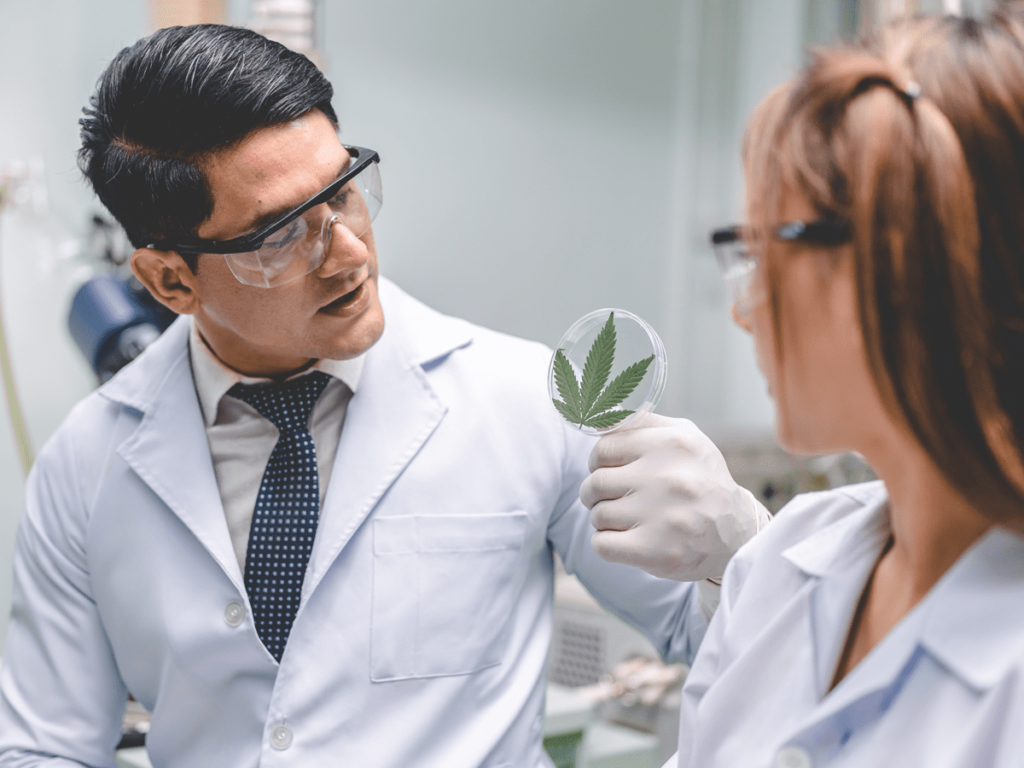If you’ve explored the world of hemp or cannabis products, you’ve likely come across the term COA. While it might seem like just another industry buzzword, such as CBD or terpene, a COA is actually a crucial element to consider.
Grasping the significance of a COA is essential when shopping for hemp or cannabis products. Although visual and olfactory cues provide some insights, a COA offers a detailed and comprehensive overview of the product you’re thinking of buying.
What does COA Stand For?
COA is short for Certificate of Analysis. They are the third-party testing results of a laboratory licensed to test for a variety of things. These items can be required by state or federal law (depending on if the product is derived from hemp or marijuana).
What Information Does a COA Contain?
A Certificate of Analysis (COA) offers valuable information for both industry professionals and consumers.
Typical tests conducted by third-party laboratories include:
- Cannabinoid potency
- Terpene profile
- Detection of contaminants such as mold, pesticides, herbicides, or heavy metals
- Moisture levels (particularly for smokable flower products)
For hemp products, COAs are mandated by federal law to verify that products meet safety standards and contain less than 0.3% Delta 9 THC by dry weight.

For cannabis products, legal marijuana programs vary state by state. However, COAs are a common element among all of them. This testing is a quality control measure to help ensure brands are adhering to all safety standards outlined by the individual state program.
How to Find a COA
There are several ways to access a Certificate of Analysis (COA). Reputable brands ensure that COAs for all their products are easily available to customers.
The first method is to check the brand’s website. Trustworthy brands make it a priority to provide easy access to COA information by uploading them directly to their websites. This approach is beneficial for both the brand and the shopper, ensuring that the COAs are up-to-date and readily accessible.
Another convenient option is using QR codes. Many brands enhance the shopping experience by including QR codes on their product packaging. Scanning these codes can instantly direct shoppers to the COA on the brand’s website. This method is gaining popularity for its ease of use, convenience, and commitment to transparency.
Additionally, you can find a COA by asking an employee at the store where you’re shopping. Retailers that stock these products typically have COAs available upon request. A polite inquiry should help you obtain the information you need.
Red Flags to Watch Out For
When reviewing Certificates of Analysis (COAs), there are a few critical red flags to watch for. First, check the COA expiration date. Typically, COAs are valid for about a year. During this time, a product may change, necessitating retesting. The expiration date also gives you an idea of how recent the product information is.
Another red flag is if a brand refuses to provide a COA, claiming it’s proprietary information. This lack of transparency can erode trust between the brand and its customers.

The Bottom Line
A Certificate of Analysis (COA) is an essential resource for both brands and consumers. Though it may appear to be just a document, a COA provides a wealth of information. Shoppers can use it to verify the potency and quality of a product, as well as its cannabinoid and terpene content.
Understanding how to interpret a COA is crucial when purchasing hemp or legal cannabis products. Think of it as a treasure map—it guides you to the perfect product that meets your specific needs.
